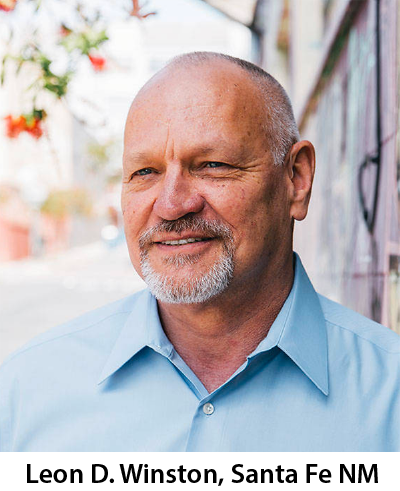Is homelessness as intractable as it would seem in this country?
Homeless encampments are found at the intersection of widespread poverty and an array of failed federal tax and spend policies. There were over 550,000 homeless individuals in the United States in 2021, the government estimates. Most advocates consider this a significant undercount since it excludes the many hidden homeless, such as families that are doubled up.
How did we get to this point?
Reviewing federal expenditures that support affordable housing, we see disinvestment dating back to the 1980s and a corresponding rise in homelessness among Americans. Cutbacks in and elimination of the Great Society and New Deal programs left far too many fending for themselves. Congress never adequately funded the move away from support for public housing with compensatory tenant choice vouchers or the Section 8 program. Wait lists for eligible individuals and families in major cities are typically years long if the wait lists are open at all.
President Biden’s Build Back Better proposal, had it not been stymied by two Democratic senators, would have funded up to 750,000 new housing choice vouchers.
Build Back Better also included “human infrastructure” funding, which would have improved the availability of mental health care in communities across the country. Aspects of this funding are currently being debated in Congress as part of the “Bipartisan Infrastructure Framework” negotiations.
Deinstitutionalizing the mentally ill in the 1980s – on its face, a positive move — left many people without adequate community-based support and safety net programs. The paucity of mental health care in this country, particularly for the poor, is another feeder of homelessness.
Untreated substance abuse, incarceration, and the foster care system significantly exacerbate the problem. We provide far too little funding to address these issues. The formerly incarcerated are ten times as likely to experience homelessness compared to the non-incarcerated, and they find themselves ineligible for many of the scant federal programs assisting the homeless. This often leads to recidivism. Twenty percent of youth aging out of foster care immediately become homeless. Undocumented immigrants are another impacted population, with little access to resources, while 28% of LGBTQ+ youth also experience homelessness. I could go on.
We do have answers.
I worked on addressing homelessness among Veterans and their dependents from 1995 until 2020. In San Francisco — where I worked after experiencing homelessness myself — about 40% or more of the homeless single adults in the late 1980s were Veterans – mainly from the War in Vietnam. Veterans are more likely to become homeless than their civilian counterparts for a variety of reasons including, but not limited to, Post Traumatic Stress.
Beginning in his first term, then-President Obama did his best to end Veteran Homelessness, and I was proud to sign on to that effort, which enjoyed bipartisan support. While we did not get to zero, we did make incredible progress. According to the Department of Veteran Affairs estimates, there were 74,087 homeless veterans in the country in 2010. By 2020, this number was almost cut in half, to an estimated 37,252.
How was this accomplished? By a significant expansion of what is known as the HUD-VASH program (Housing & Urban Development-Veterans Affairs Supportive Housing), which pairs a Section 8 housing voucher from HUD with VA social work services. In addition to the HUD-VASH program, Congress also funded the Support Services for Veteran Families program (SSVF), which provides funding to community-based nonprofit agencies. This provides Rapid Rehousing funds and support for those who are homeless and just need a hand-up, as well as eviction-prevention dollars to stem the tide of the newly homeless.
These are two examples of interventions that could be brought to scale for all who experience or are at significant risk of homelessness in this country. Build Back Better would have made incredible progress toward that end had it passed. The destination we seek is attainable. We simply need to keep faith in the journey.
 Leon D. Winston retired in 2020 as the Chief Operating Officer and Housing Director of Swords to Plowshares in San Francisco, CA. He worked on the housing, treatment, and income support needs of homeless and at-risk veterans for 25 years. He possesses a Master of Nonprofit Administration/Organizational Development. Leon and his husband, Michael Morford, MD, relocated to Santa Fe, New Mexico, following their retirement in 2020.
Leon D. Winston retired in 2020 as the Chief Operating Officer and Housing Director of Swords to Plowshares in San Francisco, CA. He worked on the housing, treatment, and income support needs of homeless and at-risk veterans for 25 years. He possesses a Master of Nonprofit Administration/Organizational Development. Leon and his husband, Michael Morford, MD, relocated to Santa Fe, New Mexico, following their retirement in 2020.

